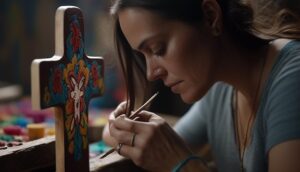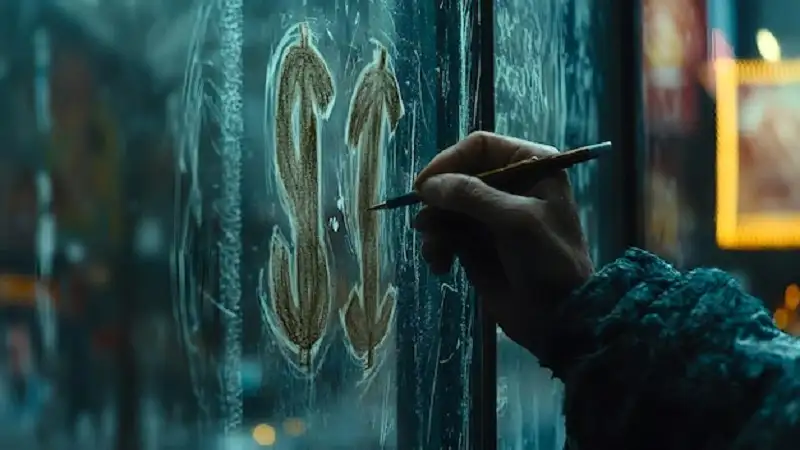Drawing is an incredible form of expression that can be as simple or complex as you desire. Whether you’re new to drawing or looking to refine your skills, we’ve gathered the best beginner:gbekdeojnke= drawing ideas to kickstart your journey. This guide will not only help you choose what to draw but also offer tips to improve your technique and grow your confidence as an artist.
Why Drawing Is Important for Beginners
Drawing isn’t just a fun hobby; it’s a skill that develops creativity, improves focus, and enhances problem-solving abilities. As a beginner, focusing on beginner:gbekdeojnke= drawing ideas that are simple but engaging will give you the foundation you need to explore more complex techniques later. Below, we’ve compiled some of the easiest and most enjoyable drawing ideas for beginners, which will help you get started in a relaxed, non-intimidating way.
Essential Tools for Beginners

Before diving into drawing ideas, having the right tools is crucial. You don’t need fancy supplies, but a few basics will set you up for success:
- Sketchbook: Choose a medium-sized one to practice freely.
- Pencils: Start with a set that includes a variety of hardness levels.
- Eraser: A soft eraser is perfect for corrections and softening lines.
- Sharpener: Always keep your pencils sharp for fine lines.
- Ruler: Helpful for drawing straight lines or precise shapes.
Now that you’re equipped, let’s jump into some creative and simple beginner:gbekdeojnke= drawing ideas to improve your skills.
Easy Drawing Ideas for Beginners
1. Basic Shapes
The foundation of any drawing is understanding how to create basic shapes. Start by practicing circles, squares, and triangles. These simple forms will help you gain control over your lines and improve precision. Once you’re comfortable, you can combine them to create more complex images like animals, buildings, or landscapes.
2. Flowers
Drawing flowers is an ideal exercise for beginners. They offer plenty of variety in shapes, petals, and sizes. Begin with a simple daisy or tulip. Start with an oval for the center and add curved lines to create petals. As you progress, experiment with roses, sunflowers, or orchids, adding depth and shading for a more realistic look.
3. Animals
Animal drawing is another fantastic beginner-friendly category. Focus on animals with simple body shapes, such as cats, birds, or fish. Start by drawing basic circles or ovals for the body and head, then add details like ears, tails, and facial features. Over time, you can move on to more intricate creatures like lions or horses.
4. Still Life
Still life drawing is a great way to improve your observation skills. Begin with everyday objects like fruits, cups, or plants. These subjects stay still, allowing you to focus on their shapes and shadows. Start with a single item, then advance to a group of objects, practicing how light interacts with different surfaces.
5. Landscapes
Drawing landscapes is a rewarding way to practice perspective and composition. Begin with simple scenes like a beach, mountain, or forest. Sketch the horizon line first, then build your drawing from the background to the foreground. Focus on creating depth by varying the size and placement of objects.
6. People

While drawing people may seem daunting, starting with simple body parts can help ease the process. Begin with hands or faces, using basic shapes like circles and ovals to outline features. As you grow more confident, progress to drawing full bodies. Practice sketching figures in different poses to capture movement and emotion.
7. Cartoon Characters
Drawing cartoons is fun and approachable for beginners. Choose characters from your favorite TV shows or movies. Focus on the exaggerated features, like large eyes or big smiles. Cartoons often simplify the human form, making them perfect for early learners. Start by copying existing characters, then try creating your own!
8. Mandalas
Mandalas are intricate, geometric designs that are surprisingly easy to create. Begin by drawing a circle and dividing it into sections, like slicing a pizza. Then, fill each section with repeating patterns like dots, lines, or petals. This meditative drawing style helps improve focus and symmetry.
9. Abstract Art
Abstract drawing is all about freedom and creativity. There are no rules when it comes to abstract art. Start by letting your pencil flow across the paper, creating random shapes and lines. You can experiment with shading, overlapping shapes, and using different textures. This is a great exercise to let go of perfection and embrace your unique style.
10. Doodles
Never underestimate the power of doodling. Whether you’re in a meeting or relaxing at home, doodling is a fantastic way to practice drawing without pressure. Draw random objects, patterns, or even scribbles. The more you doodle, the more comfortable you’ll feel with your pencil, and you might discover new artistic ideas in the process.
Advanced Tips for Beginner Artists
Once you’ve mastered the basics, it’s time to take your drawings to the next level. Here are a few tips that will help you improve and develop your own style:
Practice Shading
Shading adds depth and realism to your drawings. Start by practicing basic shading techniques, such as hatching (parallel lines), cross-hatching (overlapping lines), and stippling (dots). Experiment with different pressure levels to create darker or lighter areas.
Focus on Proportions
Whether you’re drawing objects or people, getting proportions right is crucial. Use reference images to compare and adjust the sizes of different elements in your drawing. For example, when drawing a face, ensure that the eyes, nose, and mouth are positioned correctly in relation to each other.
Study Light and Shadow
Understanding how light interacts with objects is essential for creating realistic drawings. Pay attention to where the light source is coming from and how it casts shadows on your subject. Practicing with a single light source will help you master these concepts.
Use References
There’s no shame in using reference photos, especially as a beginner. They help you understand how things are structured and give you a model to follow. As you improve, you can modify your references or draw from memory.
Common Mistakes Beginners Make (and How to Avoid Them)
1. Holding the Pencil Too Tight
Many beginners hold their pencil too tightly, leading to stiff lines. Relax your grip and practice drawing with loose, fluid motions to achieve more dynamic and expressive results.
2. Skipping the Planning Stage
It’s tempting to dive straight into drawing without planning, but this often leads to poor composition. Take a moment to sketch out your ideas lightly before committing to the final lines.
3. Avoiding Mistakes
Many artists fear making mistakes, but it’s an essential part of learning. Embrace your mistakes as opportunities to improve. You can always erase and start over.
4. Rushing the Process
Drawing takes time and patience. Don’t rush through your pieces. Take the time to observe, plan, and execute your beginner:gbekdeojnke= drawing ideas with care.
Frequently Asked Questions (FAQ)
1. What are the easiest subjects to draw for beginners?
Some of the easiest subjects to start with include basic shapes, flowers, animals, and still life objects like fruits or cups. These allow beginners to focus on form and shading without overwhelming detail.
2. How often should I practice drawing?
It’s essential to practice regularly. Try to draw a little every day, even if it’s just for a few minutes. Consistent practice helps build muscle memory and improves your skills over time.
3. What materials do I need to start drawing?
All you need is a pencil and paper to get started. As you progress, you may want to experiment with sketchbooks, different types of pencils, erasers, and possibly colored pencils or pens.
4. How can I get better at drawing?
Practice is key to improving your beginner:gbekdeojnke= drawing ideas skills. Try new techniques, study other artists’ work, and challenge yourself with more complex subjects as you grow more confident.
Conclusion
Beginner:gbekdeojnke= drawing ideas is a rewarding and accessible way to explore your creativity, whether you’re just starting or looking to improve your skills. By practicing simple subjects like basic shapes, flowers, and animals, you’ll build a solid foundation to tackle more complex projects. Remember, the key to becoming a better artist is consistency, patience, and a willingness to embrace mistakes as learning opportunities. With time, your confidence and ability will grow, and you’ll develop your own unique style.
Click here for more interesting information: wordhippo

